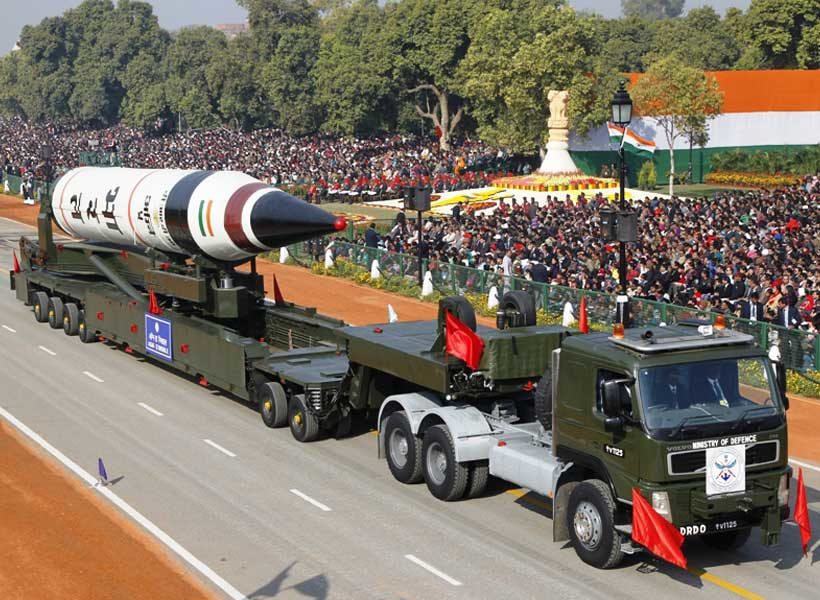India’s nuclear doctrine, officially known as the “Draft Nuclear Doctrine of India (DND)”, was first made public in August 1999. The unofficial National Security Advisory Board (NSAB) created the DND. The Indian government quickly disowned it, even though many of its details faithfully followed earlier pronouncements made by the government, including well-known statements made in parliament about credible minimum deterrence and NFU. New Delhi published its official nuclear philosophy in January 2003. The doctrine outlines India’s policy on nuclear weapons and their use and is based on the principles of “no first use,” “massive retaliation,” and “minimum credible deterrence.” The doctrine also states that India will not use nuclear weapons against non-nuclear weapon states and will only use them in response to a nuclear attack on Indian territory or armed forces. The doctrine has been periodically reviewed and updated, with the most recent update being in 2018. Given that it is usually regarded as being constrained, India’s nuclear doctrine is crucial in determining nuclear stability in South Asia.
It is common for countries to revisit and update their nuclear doctrines as strategic circumstances change. India’s nuclear doctrine, like any other doctrine, is a living document subject to review and revision as per the country’s requirements.
There have been calls from experts and analysts for India to revisit its nuclear doctrine in light of changing strategic circumstances, particularly concerning the country’s relations with its neighbours, particularly Pakistan and China. Some argue that India’s “no first use” policy should be revisited, as it may not be appropriate in certain scenarios. Additionally, as the nature of warfare continues to evolve, India’s doctrine should be updated to reflect the changing nature of warfare, including the use of cyber and space-based weapons.
However, it is ultimately up to the Indian government to decide whether or not to revisit the country’s nuclear doctrine. Any changes would likely be made after careful consideration and consultation with experts and relevant stakeholders.
Click Here To Download The Paper



📌Analysis of Bills and Acts
📌 Summary of Reports from Government Agencies
📌 Analysis of Election Manifestos

